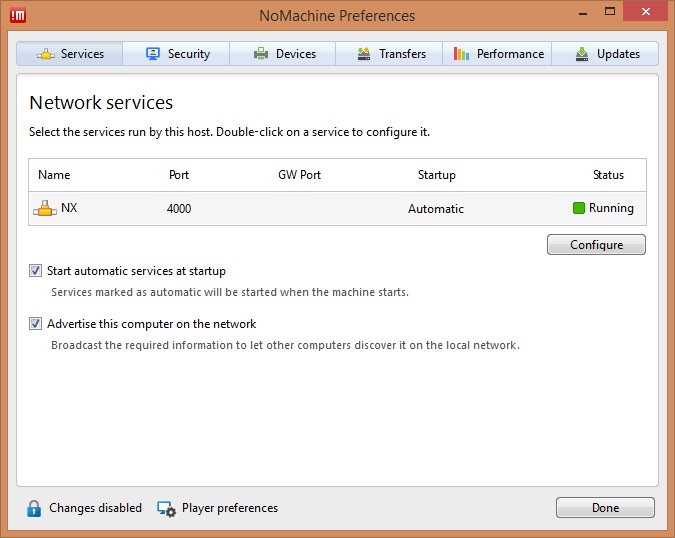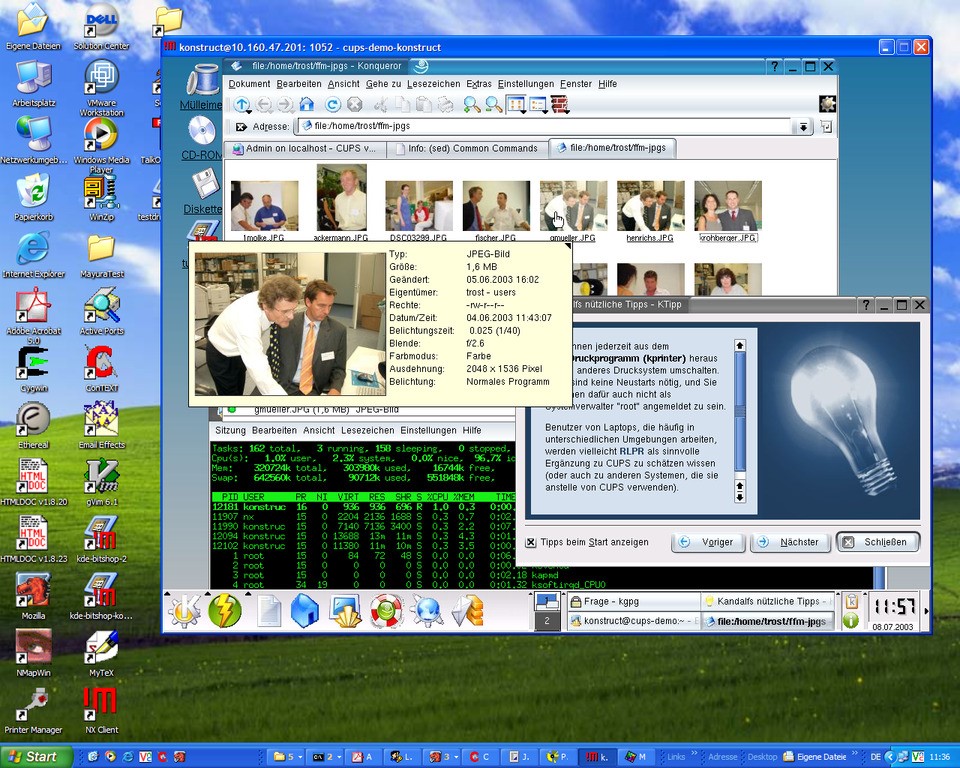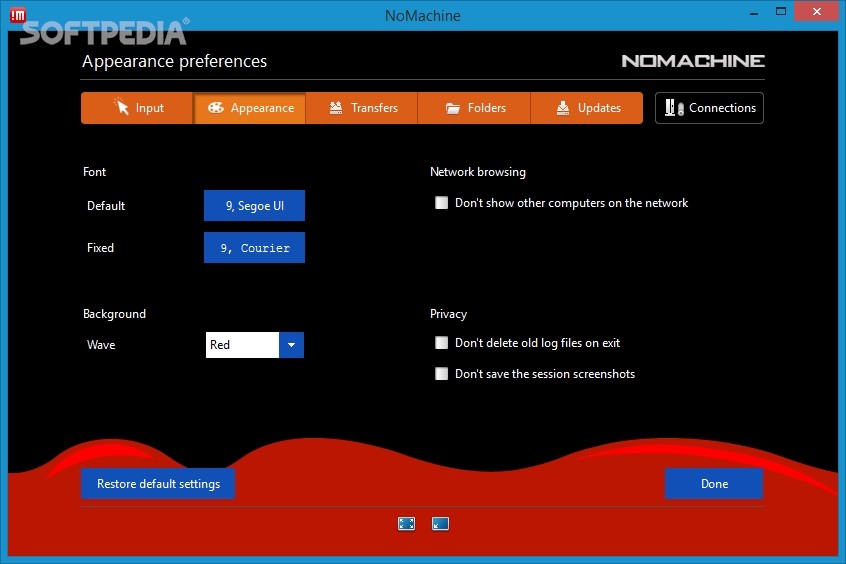
On a 10 year old device, Nomachine took as much as 20% of the processor for the high compression video and 122 megs of RAM. Lightweight - takes up a lot less processor power and RAM.Very responsive and transparent - Basically just like using the remote Windows device as your normal machine, with a very slight quality loss from the compression.Simple - If you can solve the issues around finding it on the network with the dynamic IP addresses, it's easy and quick.

Higher quality - on the highest settings, it looks dramatically better than Nomachine at the highest settings.Quality of recordings when set to VP8 was blah. Note that it saves by default to the "NXR" format but it looks like it's really just h.264 (MP4). Saves to both the NoMachine client interface AND The local desktop. Recording - Looks to have a limit in the free version, but works great.Audio - loads of settings, including high and low compression for both audio output (speaker) and input (mic).Note that this is much less compelling over a local network, as described above. Compression - Uses a wide variety of compression settings that I expect are more bandwidth-efficient.


Clients on RDP are available for multiple operating systems, but it requires a Windows server (Win10 Pro). Wide support - Works across multiple operating systems, both server and client.What follows is a comparison with what people are familiar with: Windows native remote desktop. Which one you'll use probably depends on your needs. I got fairly excited about a feature-rich freeware remote desktop program ( thanks Andrew) so I tested it out and took down some notes.


 0 kommentar(er)
0 kommentar(er)
